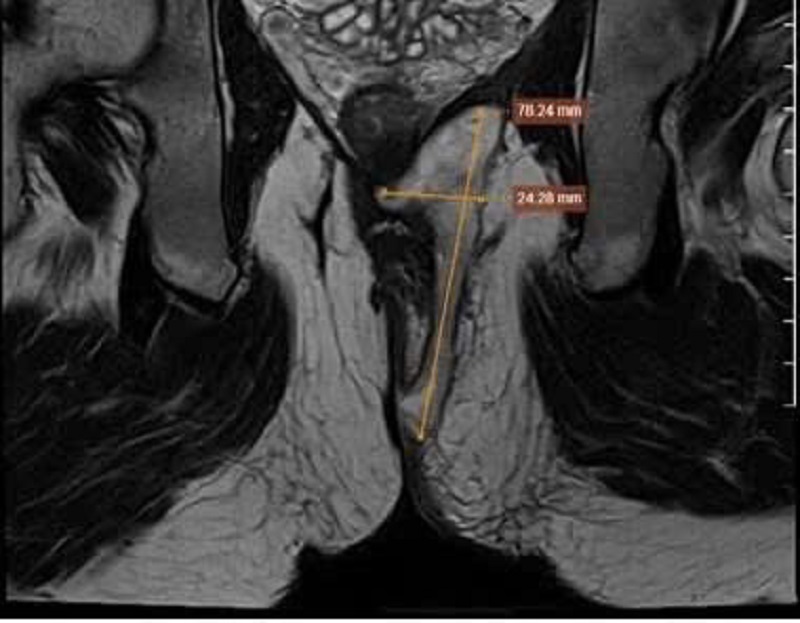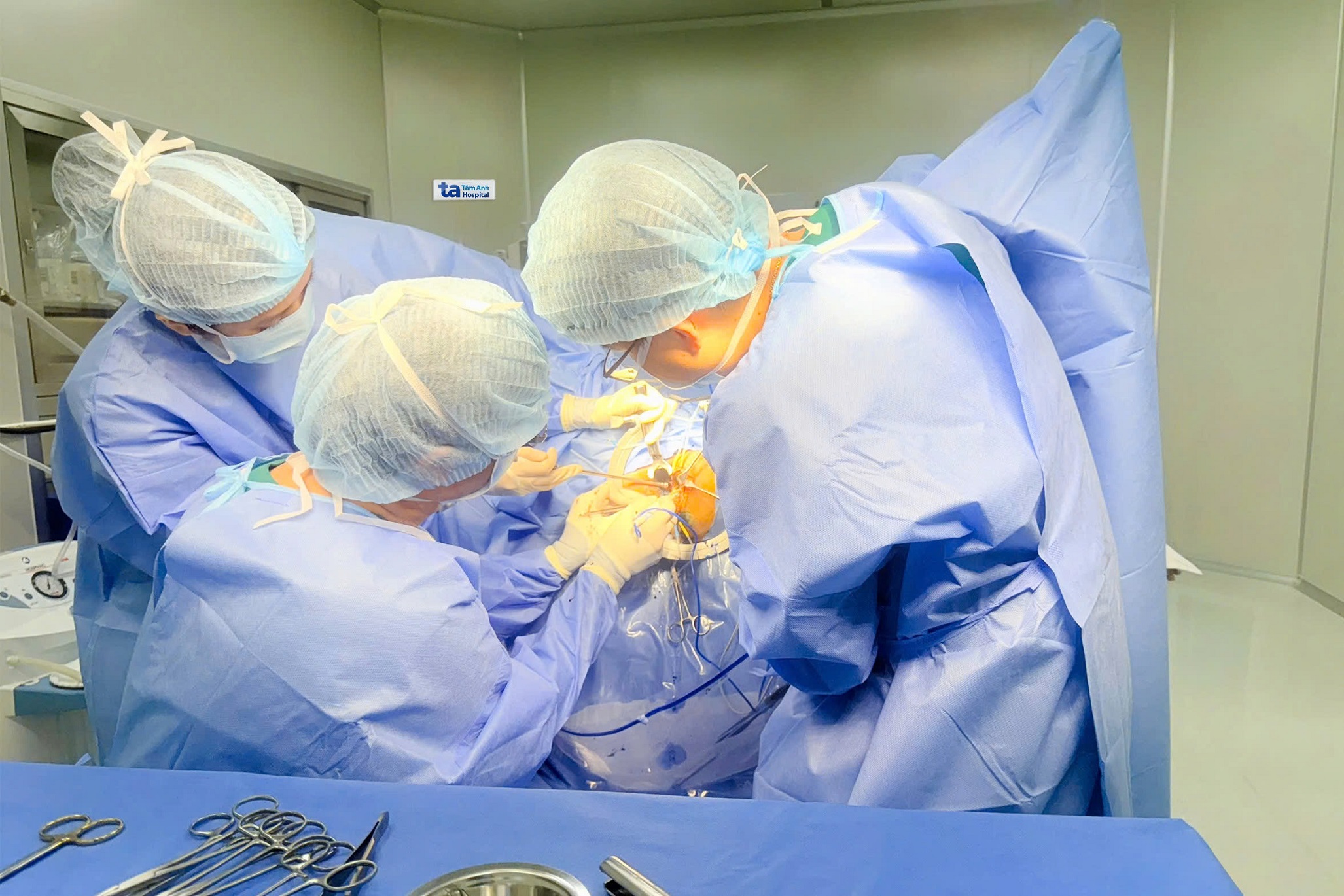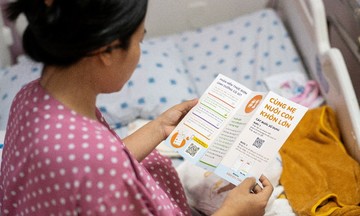Quang had previously undergone two fistula surgeries within a year due to anal abscesses and infections. Experiencing increased pain recently, he visited Tam Anh General Hospital in Ho Chi Minh City. A 3 Tesla MRI scan of his anorectal area revealed a 2.4 cm abscess. Two external fistula openings were found in the ischiorectal fossa. A branch extended from the internal opening towards the right scrotum. Two more abscesses, measuring 1-2 cm, were located 5 cm from the anal verge, and a fistula opening in the anal canal was discharging a cloudy white fluid.
Doctor Nguyen Van Hau, from the Center for Endoscopy and Minimally Invasive Digestive Surgery, explained that Quang suffered from a horseshoe fistula complication that led to abscess formation and pus discharge. The surrounding soft tissues were damaged, and the infection spread to the anal sphincter muscles. A horseshoe fistula is a complex and deep fistula tract that encircles the rectum, resembling a horseshoe shape.
Doctor Hau attributed this complication to several factors, including inadequate treatment and incomplete removal of fistula tracts during previous surgeries. When anal glands become infected and form abscesses, if not properly drained or treated, they can rupture and create multiple fistula tracts. These tracts can spread deeper, passing through the anal sphincter muscles and creating intricate pathways, complicating the condition.
 |
The MRI image shows the complex fistula tract (yellow arrow). Photo: Tam Anh General Hospital |
The MRI image shows the complex fistula tract (yellow arrow). Photo: Tam Anh General Hospital
Surgery was recommended to completely remove the fibrous fistula tract, addressing the symptoms and preventing complications like persistent infections, tissue necrosis, and the formation of new tracts and openings. After identifying the fistula path, the surgeon addressed the internal opening, followed by the mucous membrane and fibrous tract. A 25 cm section of the fibrous tract, extending from the external opening to the hardened fibrous tissue, was excised. The area was then cauterized to stop bleeding and a compression bandage was applied.
Quang's wound healed well post-surgery and he was discharged the next day. Sterile dressings were used to promote healing and prevent further complications.
 |
Doctor Hau (center) performing the complex fistula surgery on Quang. Photo: Tam Anh General Hospital |
Doctor Hau (center) performing the complex fistula surgery on Quang. Photo: Tam Anh General Hospital
An anal fistula is an abnormal tunnel under the skin connecting the anal canal to the skin around the anus. It can occur at any age due to various causes, including improper hygiene leading to inflammation and fistula formation, anal gland inflammation, and anorectal pressure (from prolonged sitting, heavy lifting, or straining during bowel movements).
Doctor Hau advises seeking medical attention at a reputable facility with adequate equipment if experiencing symptoms like anal itching, discoloration, skin lesions, or pus discharge. After treatment, patients should strictly adhere to the doctor's instructions regarding hygiene, perform Kegel exercises to strengthen pelvic floor muscles, and attend regular follow-up appointments to prevent recurrence.
Quyen Phan
* The patient’s name has been changed.
| Readers can submit questions about digestive diseases here for doctor's answers |












